The Bank of Thailand (BoT) has announced that it has initiated a pilot of the DLT Scripless Bond Project that utilizes blockchain technology.
The BoT will conduct the pilot in collaboration with a number of organizations including the Public Debt Management Office, Thailand Securities Depository (TSD), Thai Bond Market Association, and Selling Agents that include Bangkok Bank, Krungthai Bank, Kasikorn Bank, and Siam Commercial Bank. IBM is the technology partner for the project.
The central bank said that it has started to look at the benefits of distributed ledger technology (DLT) and selected the savings bond sales processes as its first use case.
“This is one of the world’s first uses of blockchain technology in the field of government savings bond sales,” according to the project whitepaper.
Bonds-related processes are complex and involve a number of participating entities. In the existing setup, it takes 15 days for investors to receive their bonds after receiving allocation.
The BoT said that the Proof of Concept (POC) has demonstrated that the DLT Scripless Bond could successfully meet core business demand while generating business values for all relevant parties. Once completed, the initiative will help increase efficiency, while reducing the total operating costs of the entire system.
According to the official announcement, the key benefits include:
- “Individual investors are able to receive bond within 2 days, from its current period of 15 days. They can also purchase bond with their full rights from any Selling Agent without the current purchasing limit per bank.
- Selling Agents, TSD, and BOT can reduce the complexity of their operational processes.
- Bond Issuers can monitor and manage bond sales in real time, increasing competition among Selling Agents.”
In the future, the BoT plans to develop the system so as to form the basis for Thailand’s market infrastructure for government and corporate securities.
“The POC of this project is only the first step toward the real-world implementation that would initially cover government savings bond, which is expected to begin by the end of 2019,” it said.





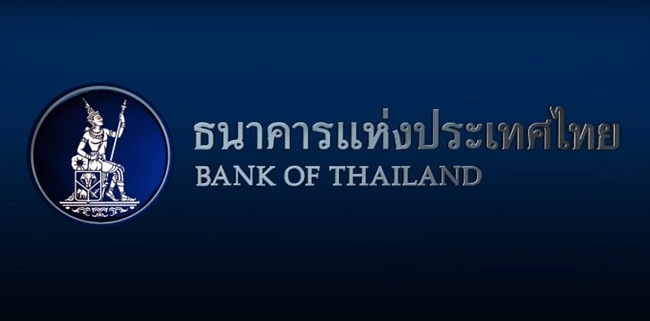





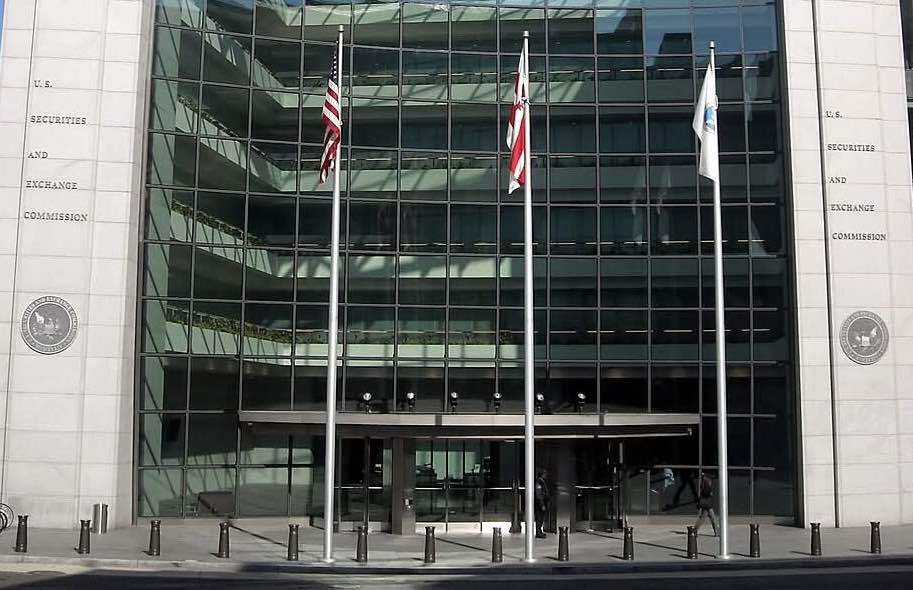
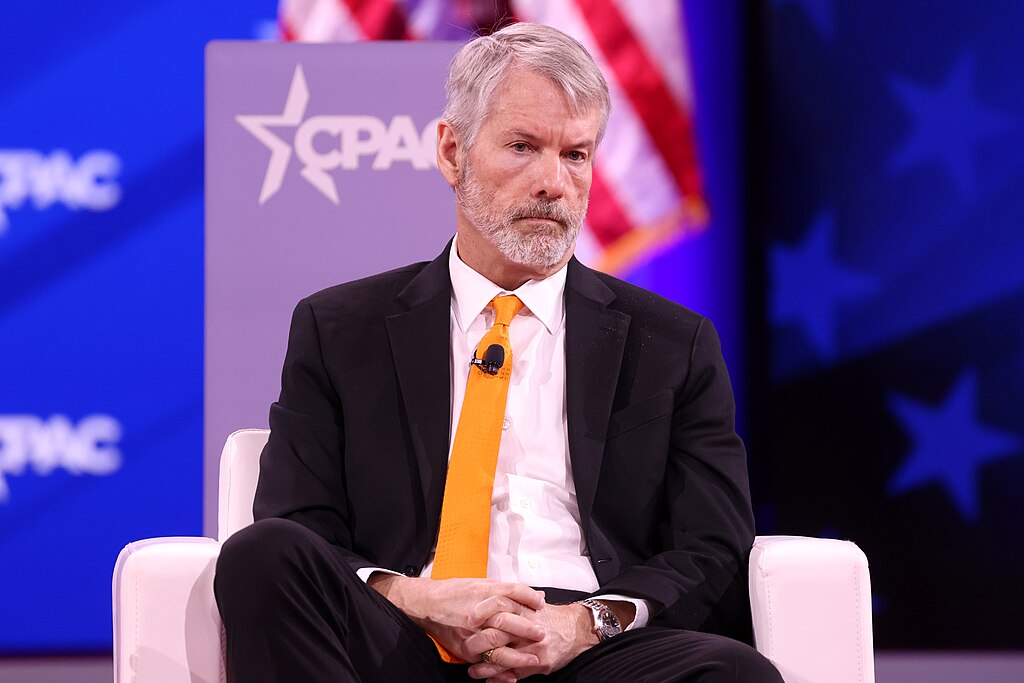







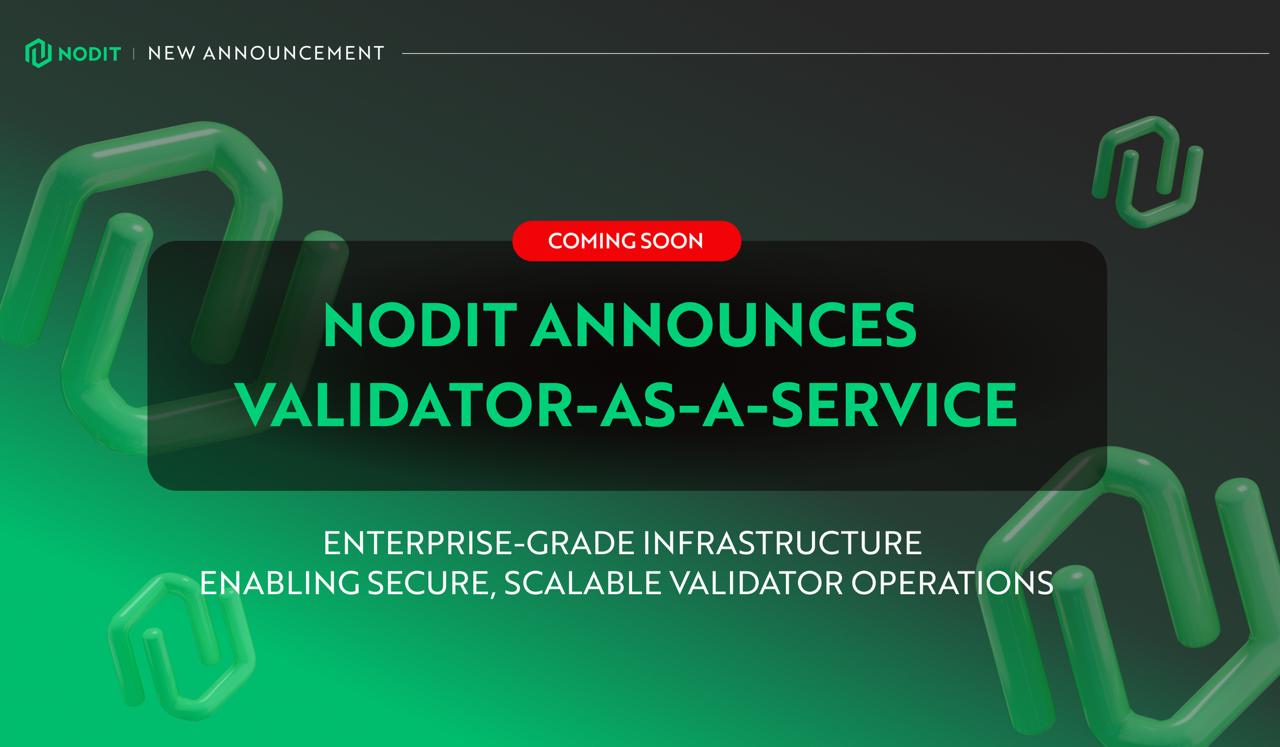




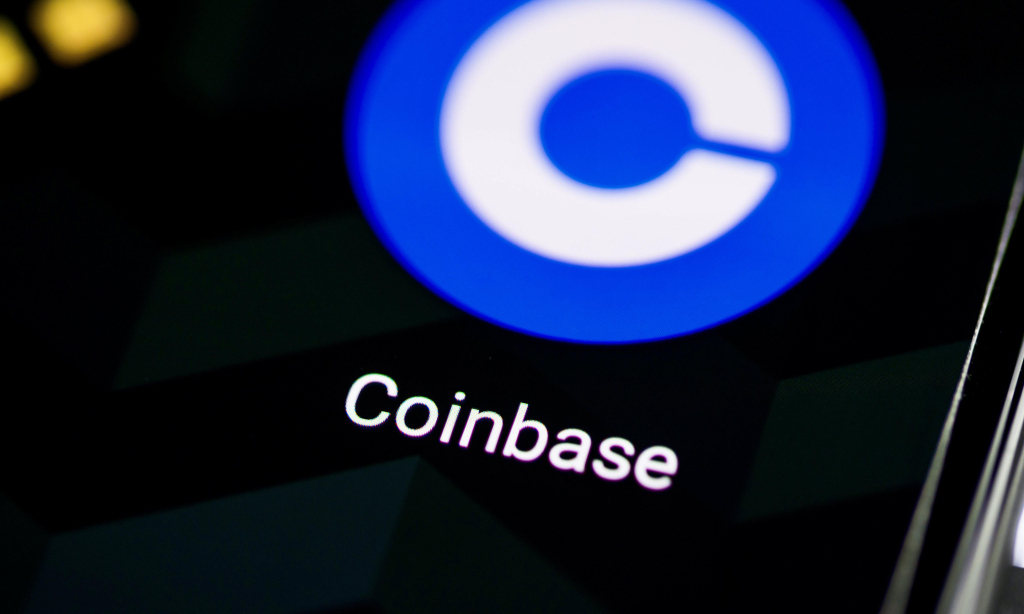

Comment 0